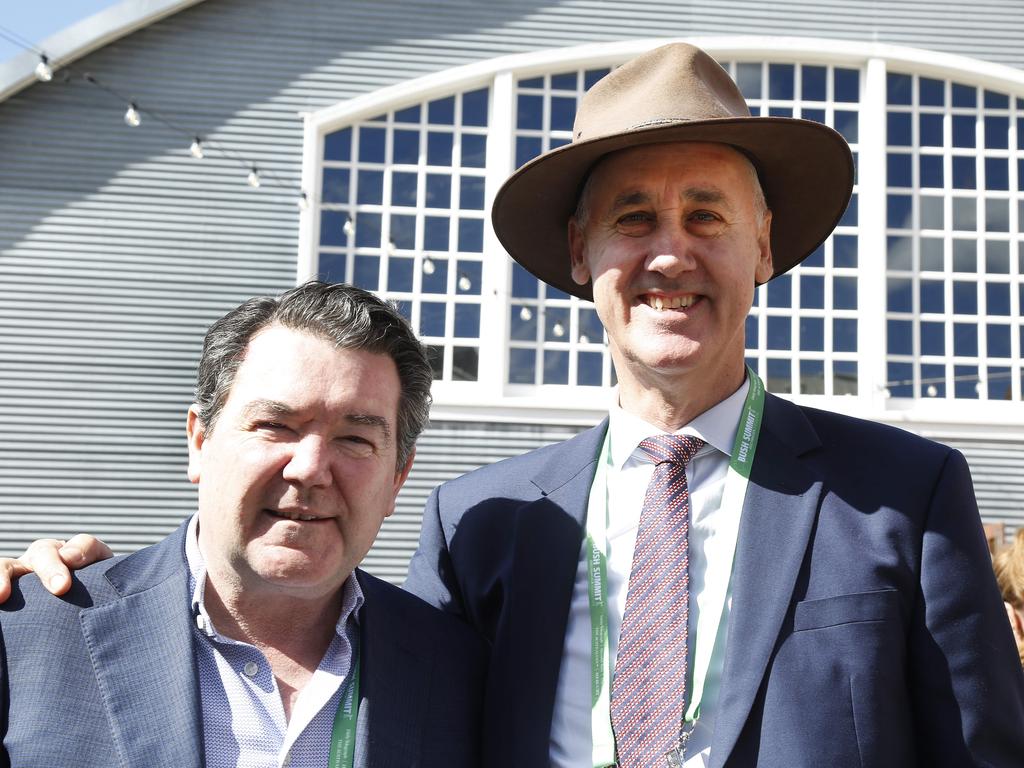Fears as global currency markets on the edge of upheaval


In the last two weeks, warning shots have been fired across the bow of the Australian dollar, sending the currency below US65c, but the dangers of upheaval don’t start with “the battler”. There are bigger games.
Similarly, currency traders are having a ball trashing the Russian rouble and the Argentine peso. While these trading adventures are important to the countries being hit, they will not cause global upheaval.
The real action starts with the rise in the American currency over the Chinese yuan at a time of great internal difficulties in China.
Like Australia in the 1980s and 1990s, China is discovering the depth of its property morass as company after company gets into trouble, which reduces the value of Chinese wealth and hits consumer confidence.
This is a major factor causing the currency to fall. And that fall lifts the cost of commodity imports, particularly food. The Chinese rice crop has been hit in three provinces which produce some 23 per cent of its output, and that will force China to import more rice.
But the world’s biggest rice trader, India, has restricted exports of basmati rice and another big rice exporter, Thailand, has urged its farmers not to plant rice because of a drought.
Rice prices are already at a 10-year-high.
Over the decades, China has been very sensitive to its currency and has shown great skill in managing its level.
Until the last five years, China had a ready-made currency adjuster — US bonds.
When there were substantial Chinese surpluses, they purchased US bonds to keep their currency down. And then when there were harder times, say, between 2015 and 2017 they sold US bonds.
This might have evened out trends in China, but obviously had an impact on the US economy. Many believe that the great US housing bubble, with its crazy lending in the first decade of the 21st century, was partly created because the Chinese were adding to US liquidity by buying bonds.
When they were selling US bonds, it lifted American market interest rates and reduced asset values.
It seems that around 2017-18, the Chinese pulled back from using the US bond market as their currency normalises. It was a time of strong Chinese surpluses, and the Chinese directed much of the funds into banks that were either owned or strongly influenced by the government.
In turn, much of this money ended up in major local or global projects led by the global Belt and Road initiative.
It worked well, and the Chinese influence spread and the currency did not rise substantially during this time.

It worked well, and the Chinese influence spread and the currency did not rise substantially during this time.
But the crowning achievement of Belt and Road was to be the fast train from eastern China to Europe, which needed to pass through Ukraine.
The tensions in the region that were building up before the Russian invasion, plus the war itself, put the project on hold, so the great boost envisaged from Belt and Road has not taken place. And at the same time the local economy has been hit by Covid-19 and the property collapse.
Unlike US bonds, the Belt and Road-style assets are not liquid and while there can be some manoeuvring, there are not enough available funds to stabilise the fall in the Chinese currency.
China still has about $US850bn in US bonds, so traders around the world are on the edge of their seats to see whether China will resume its former strategies and sell American bonds to stabilise its currency.
If that happens on a substantial scale it will drive down American bond prices, push up interest rates and lower asset values.
I emphasise that I am clearly in no position to forecast such an event, but rather report the fear that is creeping into the currency markets.
And, of course, the weakness in China is affecting our currency.
On its own, the latest Australian dollar fall is not sufficient to trigger a panic rate rise by the Reserve Bank to stabilise the currency. But if the fall continues and increases the interest rate differential between the US and Australia then the Reserve Bank will have no choice but to stabilise the currency by increasing interest rates.






The global currency markets are on the edge of upheaval, and if the forces building up are unleased, it will trigger major realignments that will lift interest rates in a similar way to rising inflation.